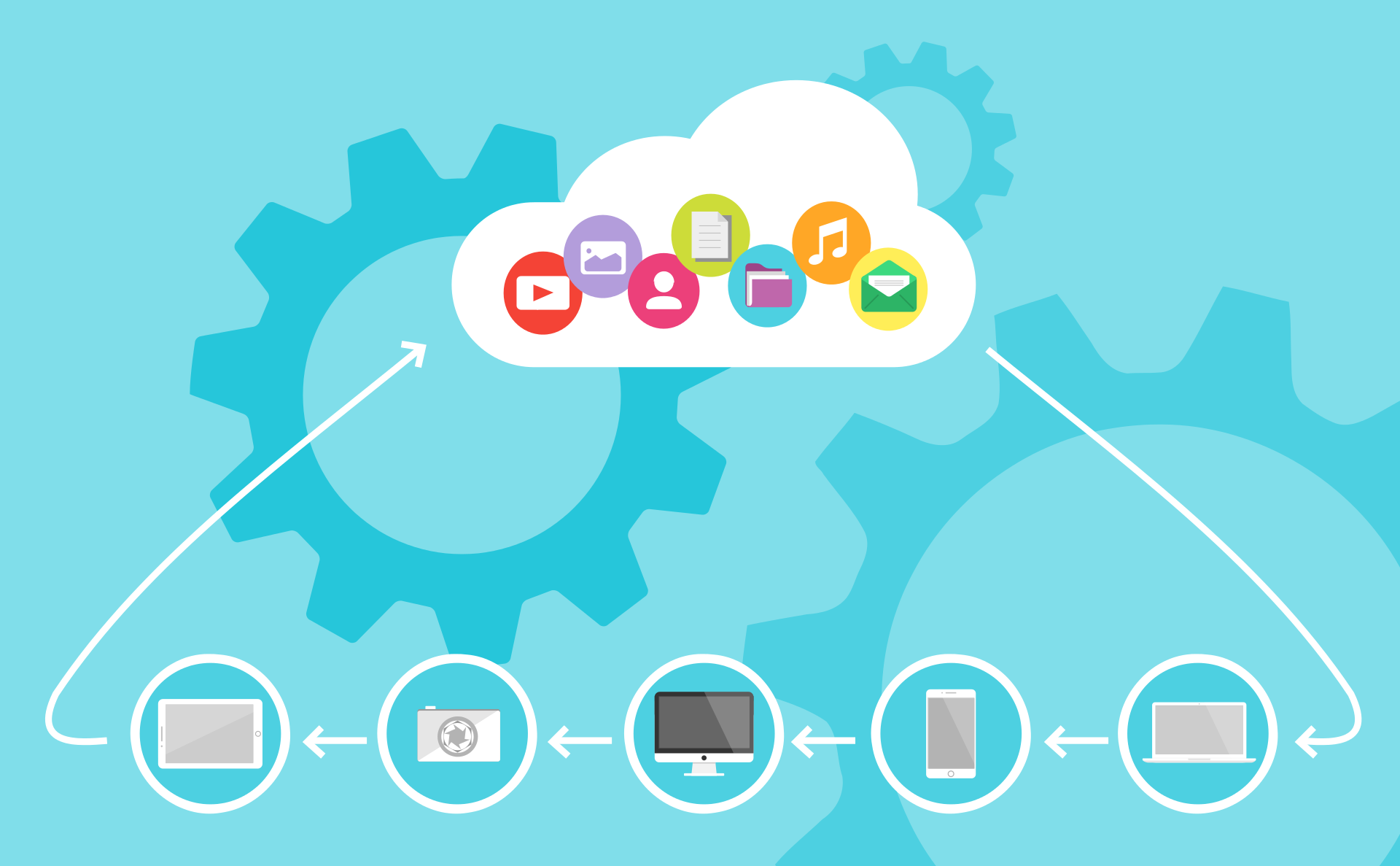
Cloud Computing

Cloud computing has become an
increasingly popular way of delivering and consuming
technology resources over the internet. It provides a way to
access and use computing resources, such as servers, storage,
databases, and applications, without having to maintain them
on-premises.
In cloud computing, resources are provided as a service, and
users pay for what they use on a pay-as-you-go basis. This
model is also referred to as Infrastructure as a Service
(IaaS), Platform as a Service (PaaS), or Software as a Service
(SaaS), depending on the level of abstraction provided by the
cloud provider.
Cloud computing offers several benefits over traditional
on-premises computing, including:
1. Scalability: Cloud resources
can be easily scaled up or down as needed, allowing
organizations to meet changing demands without the need for
significant capital expenditures.
2. Cost-effectiveness: Cloud
computing allows organizations to pay for only what they use,
reducing the need for costly on-premises infrastructure.
3. Accessibility: Cloud
resources can be accessed from anywhere with an internet
connection, providing greater flexibility and remote work
options.
4. Reliability: Cloud providers
typically offer high levels of uptime and redundancy, ensuring
that resources are always available when needed.
5. Security: Cloud providers
have advanced security measures in place to protect their
resources, reducing the burden on organizations to maintain
their own security infrastructure.
Example of Cloud Computing Implementation:
Let's consider an example of a small e-commerce company that
wants to set up an online store. Rather than building and
maintaining their own infrastructure, they decide to use cloud
computing resources to host their website and handle their
transactions.
To do this, the company signs up for a cloud provider's
platform as a service (PaaS) offering. The cloud provider
provides a web hosting environment, a database, and payment
processing tools as part of their service.
The company sets up their website using a content management
system (CMS) like WordPress, which is supported by the PaaS
offering. They also configure their database and integrate it
with their website, allowing them to store customer
information and product details.
When a customer places an order, the payment processing tools
provided by the PaaS offering handle the transaction securely.
The cloud provider also ensures that the website is available
and responsive to customers at all times, and provides
automatic scaling to handle surges in traffic during peak
times like Black Friday.
The e-commerce company is able to run their business without
having to worry about the underlying infrastructure, and only
pays for the resources they use. As their business grows, they
can easily scale up their resources to meet demand without
incurring significant additional costs.
Conclusion
Cloud computing has revolutionized the way organizations
consume and deliver technology resources. It provides a
cost-effective and scalable way to access computing resources
without the need for significant capital expenditures. With
cloud computing, organizations can focus on their core
business activities rather than managing IT infrastructure.